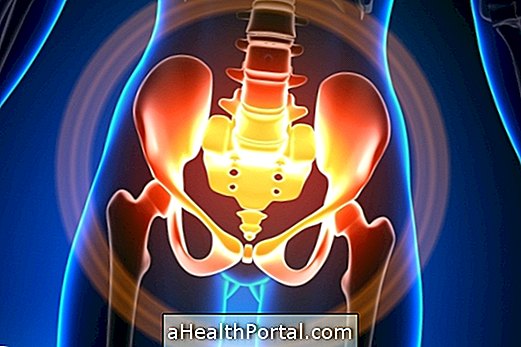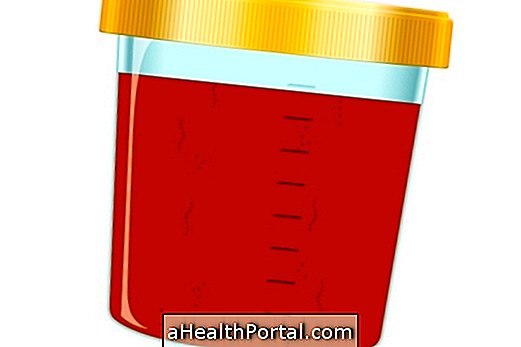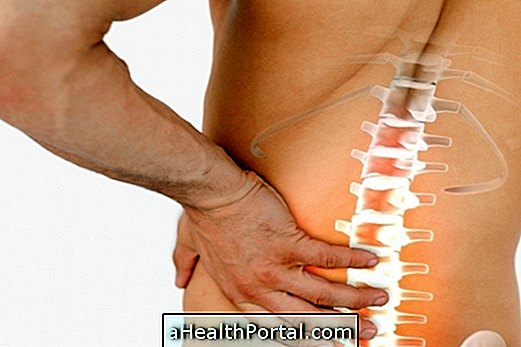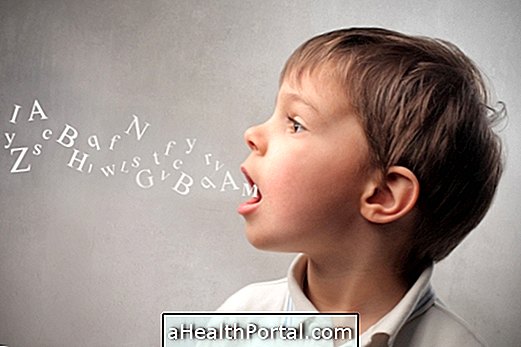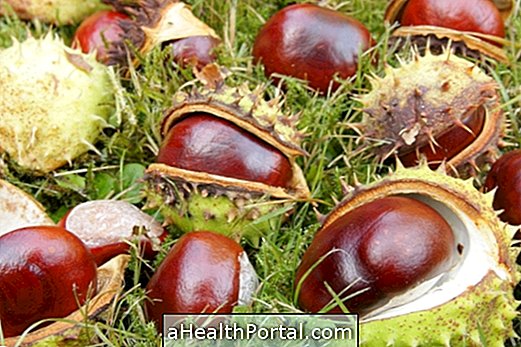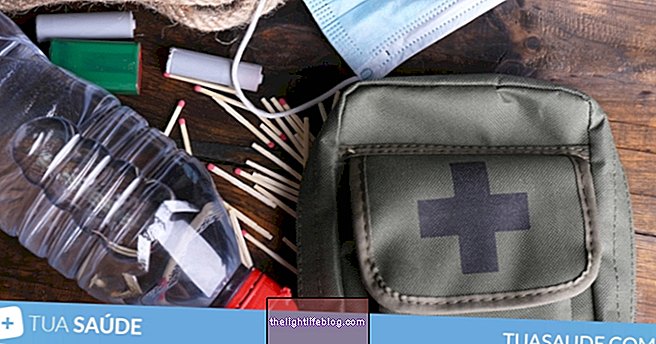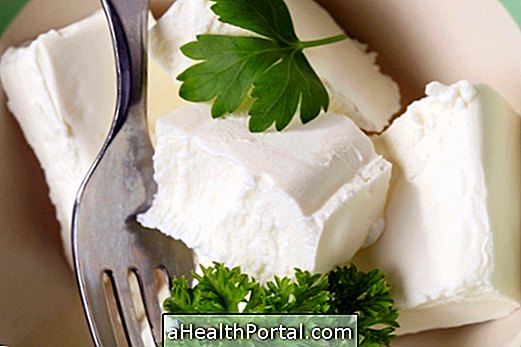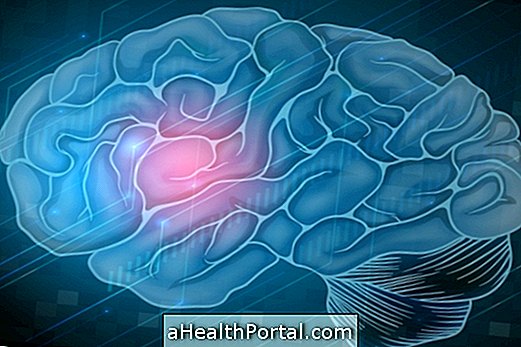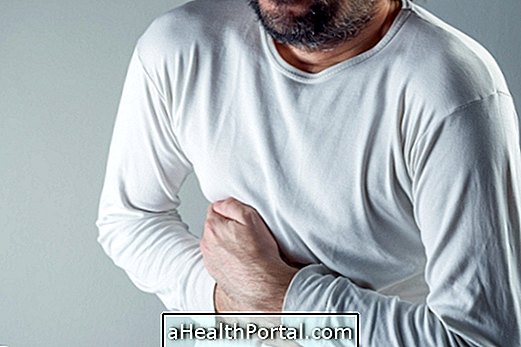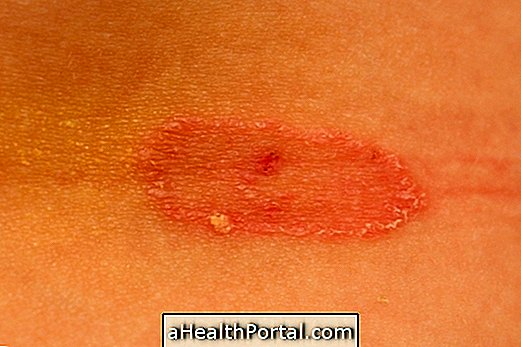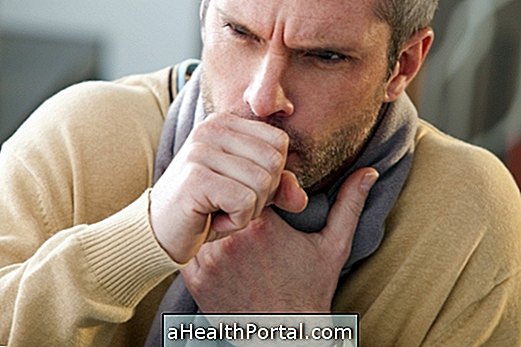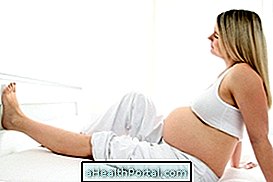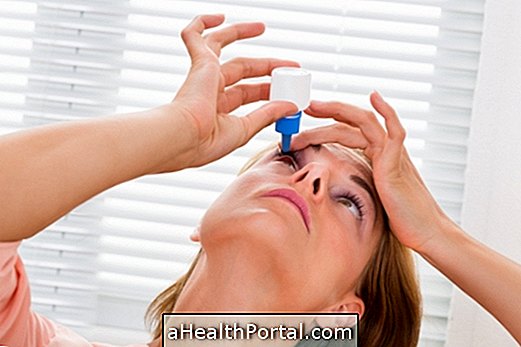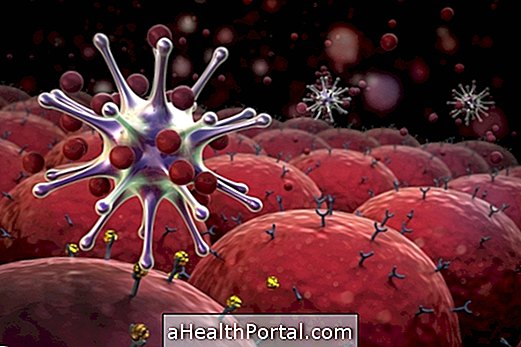Symptoms of coronary heart disease are usually related to angina, which is a feeling of chest tightness that lasts for 10 to 20 minutes. The individual may also have any of the following signs and symptoms:
- Tiredness when performing small physical efforts,
- Feeling of shortness of breath;
- Dizziness;
- Cold sweat
- nausea and / or vomiting.
These signs may indicate that the blood circulation inside the individual's heart vessels is not well. Likely plaques of atheroma (fat) inside the arteries hinder the passage of blood into vessels that irrigate the heart muscle. Blood is responsible for bringing oxygen to the heart muscle to work. As the blood does not get enough in the muscle, the oxygen transported is in small quantity to keep the heart working, which ends up generating the chest pain.
The pain may appear atypical as burning pain, in pain. It can be located on the left shoulder, left arm, back, stomach region. This occurs mainly in female subjects, or diabetic patients or older people.
The pain considered typical is in tightness in the chest or in the region of the sternum that can go to the chin, neck or arms. It is usually associated with cold sweat and nausea and may be very short of breath. It arises initially to the efforts and with the worsening, can happen even with the individual stopped.
Diagnosis of coronary disease
If the patient presents with these symptoms, he should seek a cardiological emergency unit for evaluation and, if necessary, some tests such as electrocardiogram and blood collection of cardiac enzymes. If these symptoms are mild and only arise from the efforts and if the individual does not have any diseases such as hypertension, obesity, diabetes and does not smoke, it is recommended to seek an office cardiologist to request tests such as exercise test, echocardiography, scintigraphy myocardial, among others that are necessary.
Treatment for coronary heart disease
The treatment for coronary disease will depend on the degree of impairment of the lesion. While some may be treated only with diet and exercise, others should take medications, in addition to controlling pressure, diabetes, obesity. However, in more severe cases, the physician may indicate cardiac catheterization and, if necessary, angioplasty or myocardial revascularization surgery.

